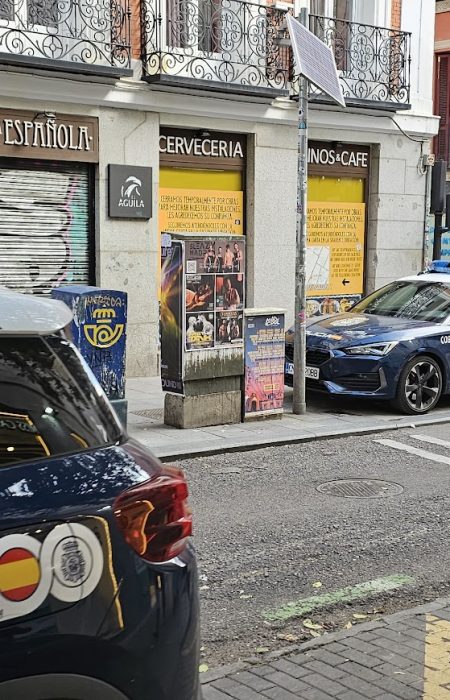The Valencian Official College of Industrial Technical Engineers (Cogiti) has issued a plea for prevention and public awareness following the recent fires in Elche and Torrevieja (Alicante), which were allegedly caused by electric scooter batteries.
Despite the absence of injuries, the fires prompted the evacuation of numerous residents and the deployment of firefighters, underscoring the significance of responsible usage. Cogiti has made a range of recommendations to ensure the safe and effective charging of electric scooters.
“You can’t be too cautious at home when charging your scooter battery. Salvador Paris, a certified automotive specialist, advises following the manufacturer’s technical recommendations and exercising common sense to prevent potential fire hazards.
Charging is “the most delicate” aspect of operating an electric scooter: “It’s essential to always use the original charger provided by the manufacturer, along with its technical specifications, to avoid overheating or battery failure.”
It is not suggested to charge overnight because it makes it difficult to track any accidents. Furthermore, the charging place must be safe, dry, devoid of direct heat and flammable materials, and located away from transit areas such as the main door.
The charging zone should be “well-ventilated and as clear as possible.” If a spark strikes, ensure that there are no flammable objects around, such as a sofa or drapes, which might quickly catch fire.
It also warns against abrupt temperature changes: “Thermal variations might impair battery performance and safety. Ideally, store the scooter in a temperature-controlled area.
Another “critical point” is to avoid any form of battery tampering, since “in some cases, users make homemade modifications to increase speed or reduce charging time, which poses a high risk”: “Lithium batteries are quite fragile. “A minor impact or alteration can be fatal.”
Unplug after charging is complete
To extend battery life and reduce the risk of fire, disconnect the charger once the charge is complete. Charging the gadget in humid conditions or when the scooter is wet can cause technical issues and should be avoided.
Finally, plug the charger into the power socket, then the scooter, and unplug in reverse order. This method helps to avoid potential issues, malfunctions, or electrical faults while handling the charger.
Furthermore, frequent vehicle maintenance is required: “If we see problems with the tires, brakes, or lights, we should take the scooter to a specialised mechanic. It’s about both comfort and safety.”
New regulations in 2026
New restrictions are set to go into effect in 2026, requiring these cars to be registered. “The plan is for each scooter to be linked to a license plate and, thus, to a responsible individual. If an accident occurs, the owner can be found and their liability insurance verified.
Cogiti insists that the increasing usage of electric scooters in cities be accompanied by a safety culture: “Applying this advice can be the difference between an ordinary commute and an avoidable accident. Only wise use of technology can make it an ally of sustainability.








No Comment! Be the first one.